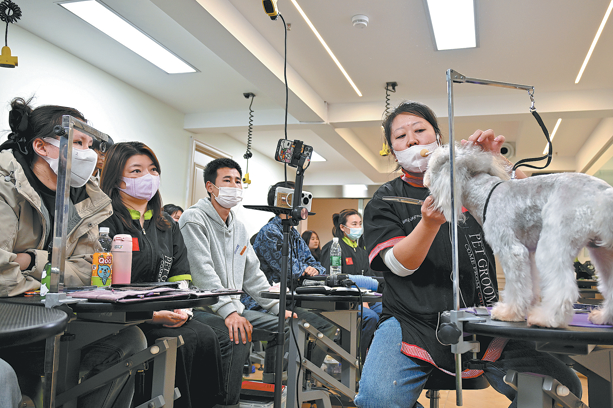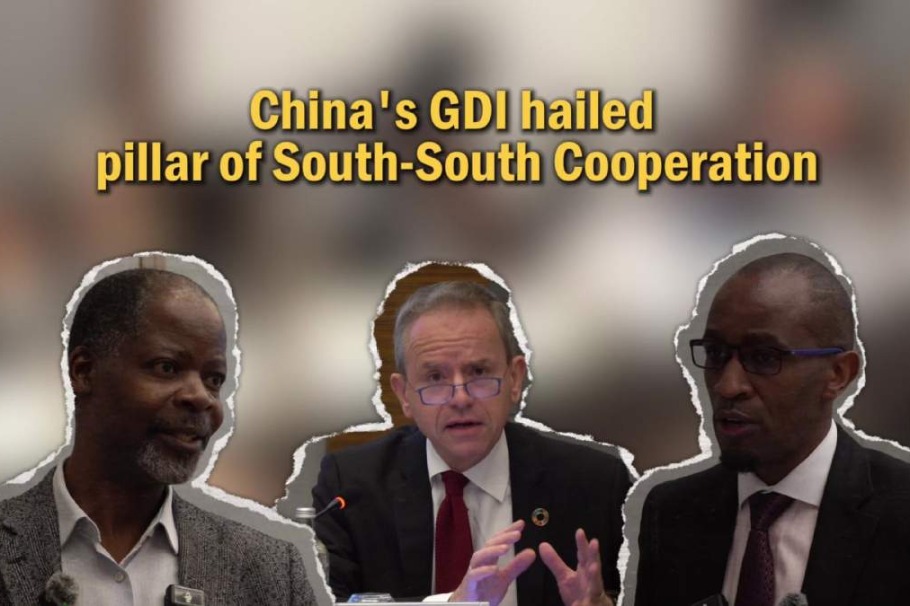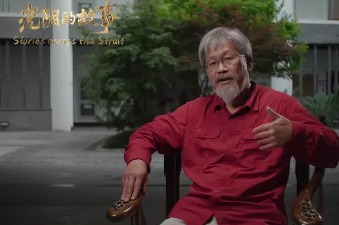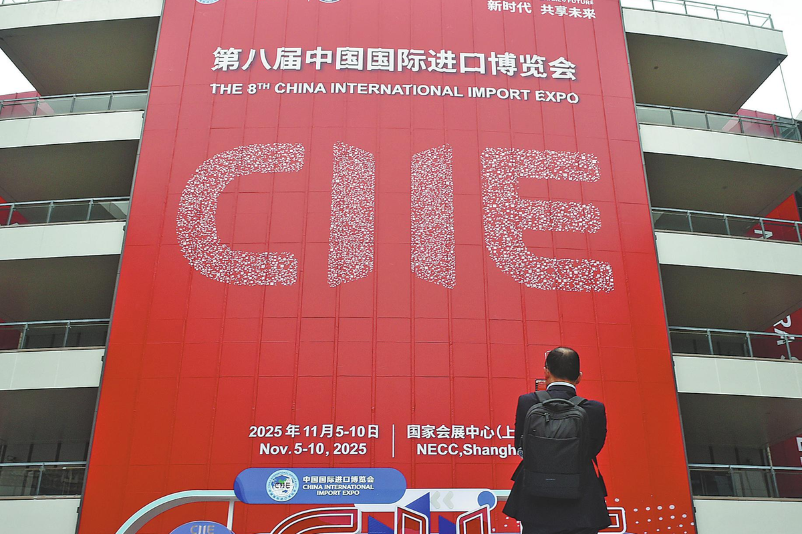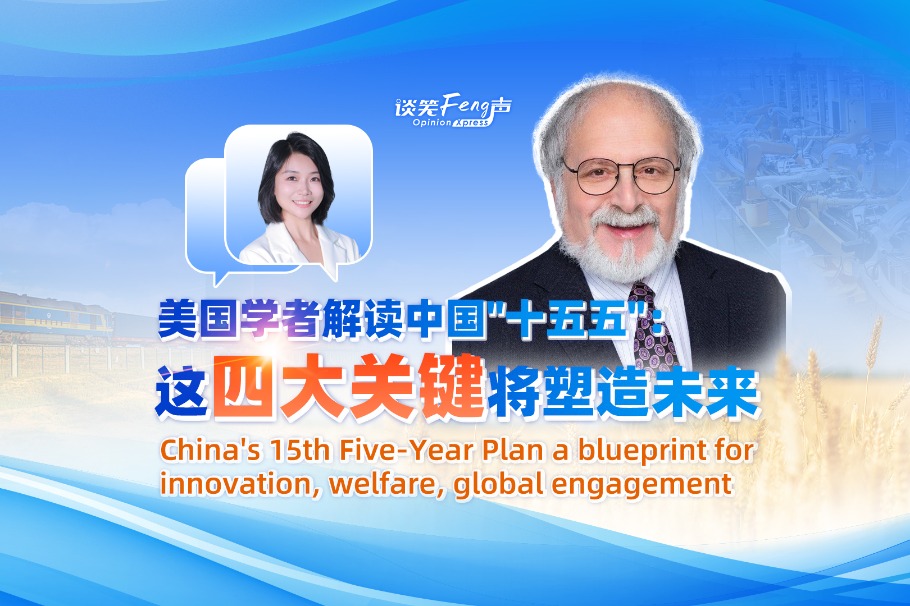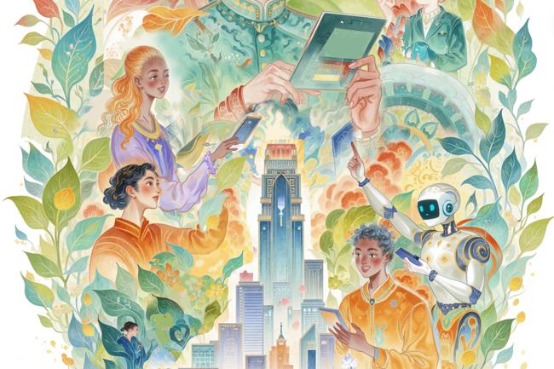Extraordinary success of poverty alleviation in China

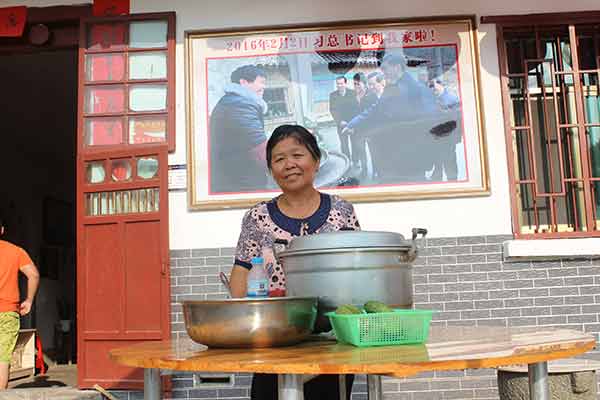
China has taken astonishing development strides in all the sectors since reform and opening-up started in 1978. Of all, poverty alleviation is the most striking one. The world knows that China has lifted over 700 million people out of poverty in a period of 40 years, and this is astonishing. On average, China has freed nearly 17 million people from poverty a year or 1.4 million a month or 46,000 a day or 1,900 an hour! Human history has no record of such a mammoth achievement in social sector.
This success in poverty eradication vindicates scale of China's development because poverty alleviation is directly linked with good governance, industrial, commercial as well as agricultural development, development in science and technology, infrastructure development, economic as well as cultural growth, international trade and diplomacy. Moreover, this success has inarguably validated China's political system and acumen of the leadership. A political system is a means for human development or happiness and for bringing about better living conditions of the people. Therefore, the scale of success in poverty alleviation can be a good way to understand the speed and scale of development in other sectors in China.
Many attribute China's economic growth to success in poverty alleviation, which is only partly true. More than economic growth, it is the concerted effort of the political leadership that has played vital role in China's poverty alleviation. As in the other countries, China also tried ending poverty through aid in the beginning. But, since 1986, with the establishment of the State Council Leading Group for Development-Oriented Poverty Alleviation, China changed poverty alleviation methods and measures. In his book entitled China's Poverty Alleviation Operations, Huang Chengwei writes that large-scale development projects that focused on exploiting natural resources for poverty alleviation were implemented in the period between 1986 and 1993. But in 1994, a seven-year priority poverty alleviation program was adopted when the government began providing impoverished families food and clothes. Presently, China's poverty alleviation is guided by the Outline for Development-Oriented Poverty Alleviation for China's Rural Areas (2011-2020) which was adopted by the State Council in 2011. As China has targeted to end poverty by 2021, when it marks the first centenary of the founding of the Communist Party of China (CPC), it has adopted multiple approaches to alleviate poverty that include developing model villages and relocating poor families, providing skill training to the poor for income generation in addition to health insurance and educational cum social allowances, mobilizing party organizations from the top to the grassroots level to see off poverty from China. During a recent visit to Liupanshi city of Guizhou province, this journalist witnessed how a poverty stricken Niujiao village was transformed into a tourist spot through government investment and how every member village committee of the party has to assist either one or two poor people to get rid of poverty.
What is more interesting is the fact that top leadership of the CPC is serious about poverty alleviation. This became evident last year while on a visit to a village in Jingangshan city of Jiangxi province because President Xi had also visited the same village. Shen Shan hamlet of Mao Ping village lies some 30 kilometers away from, and to the north of, Ciping town of Jingangshan city. The hamlet has 55 households and 331 people. Surrounded by forests, the settlement is situated in the middle of a high hill slope. On a cold day, on February 2, 2017, President Xi visited this impoverished village. In his three-hour stay, he visited poor households, talking with the people about their life and challenges, eating the food the villagers served and joining his hands in some of their everyday works such as beating of rice to make da gao, a small cake-sized sweet snack item made up of rice flour. President Xi had visited the village just to see how poverty alleviation program was being implemented and how the people felt about it. By the way the head of the state of the second-largest economy visited this small village to observe status of poverty alleviation program makes it clear how seriously the Chinese leadership has taken the issue and what effort of the leadership may have been invested for lifting so many people out of poverty.
It is estimated that there are still 30 million people to be lifted out of poverty. This means, China has to ensure that a person is freed from poverty every three seconds for the next three years. For sure, whatever number of people has remained as poor, they constitute the hard core lot. Extraordinary effort is required to bring them out of poverty. As both China's history and present proves that it is a country of the people who do extraordinary things, such as the historical Great Wall and the modern longest bridge over the sea, the 55-km-long Hong Kong-Zhuhai-Macao bridge, one can rest confident that China will also achieve success in carrying out the task of eradicating poverty from the country.
The author is sub-editor, The Rising Nepal.
















